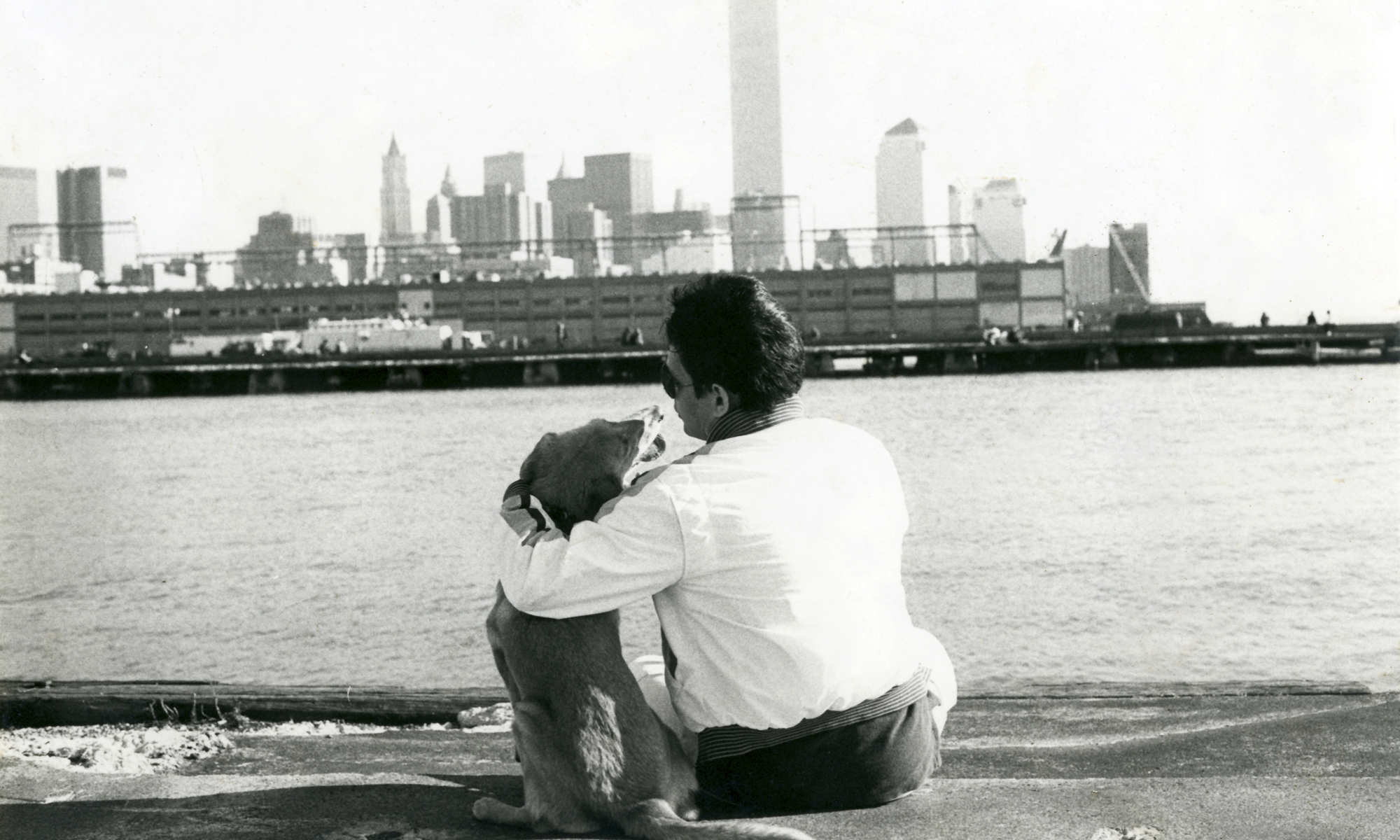I’m pleased to share a new direction in my husband Andrew Reach’s artwork. He’s re-connecting with his architecture by working in 3d with a twist. He’s creating 3d models that he then transforms into 2d prints.
scroll down page to see images of artworks
Below is what he wrote about his new process and the first of these artworks QUADRABAR:
My experimentation in working in 3D to create 2D wall artworks first began with my commission to create a 3d printed tactile sculpture for the exhibition W/O Limits: Art, Chronic Illness, & Disability at the Artists Archives of the Western Reserve. I would take a deep dive into territory I briefly took back in 2015 with my 3d printed “MODEL CITIZENS” sculptures I created for my solo show “BITS IN PIECES” at the Maria Neil Art Project. As an architect my brain thinks in both 3D and 2D. I haven’t practiced architecture since 2005 and my transition into an artist had my brain delve into new territory that I think was inside me all along but waiting for the time for it to express itself. This new terrain involved thinking differently about the creative process with a focus in 2D, with a vocabulary of color and shapes in a single plane.
So that brings me to the present and these first two artworks in a series I’m calling “3D Derivatives”. The idea of an artist being derivative often has a negative connotation, as being imitative of another artist. But I’m using this word in a different context; that of something that is derived from a source, in this case the source being a 3d model. The process of creating the 3D printed hash sign first began with 3D modeling. With the model I rendered different color schemes. I could get a very good approximation of what it would look like in the real world. With this 3d model a lightbulb went off in my head as I realized this could be a tool to create 2d artworks by exporting a render to create a print.
A 3d model can be viewed in many ways, orthographically and in perspective, from the top, bottom and sides, from different angles, rotated… etc. Click here to see this fly around animation.
These are the first derivatives of QUADRABAR, titled so because it’s a series of cubes intersected by bars. QUADRABAR I (orthographic) is looking at a top view of the 3d model as an orthographic projection. Orthographic projection is a means to represent 3D objects in 2D. Think of architectural drawings of a house called Elevations representing each side of the house in a flat plane. QUADRABAR I (perspective) is looking from the same vantage point but in perspective. This view begins to tell you that there is more going on than can be seen in the orthographic view. The cubes are shifting up and down, undulating in a wave like formation. In the renders, there is a light source coming from the upper left casting shadows across the forms that adds further dimension.

uv cured inkjet on cnc cut out acrylic/composite aluminum
dimensions variable – 50″h x 48″w overall, edition of 3



uv cured inkjet on cnc cut out acrylic/composite aluminum
dimensions variable – 50″h x 48″w overall, edition of 3

